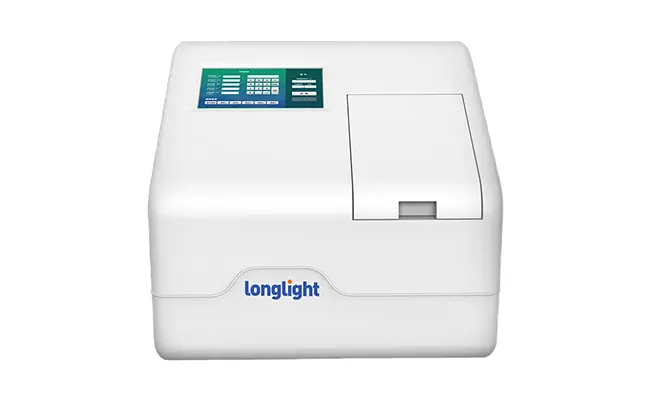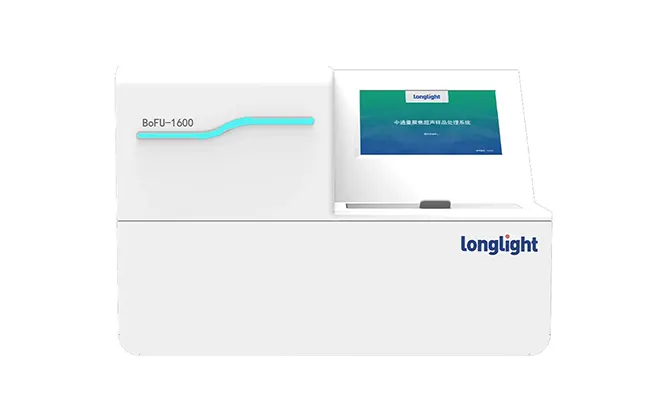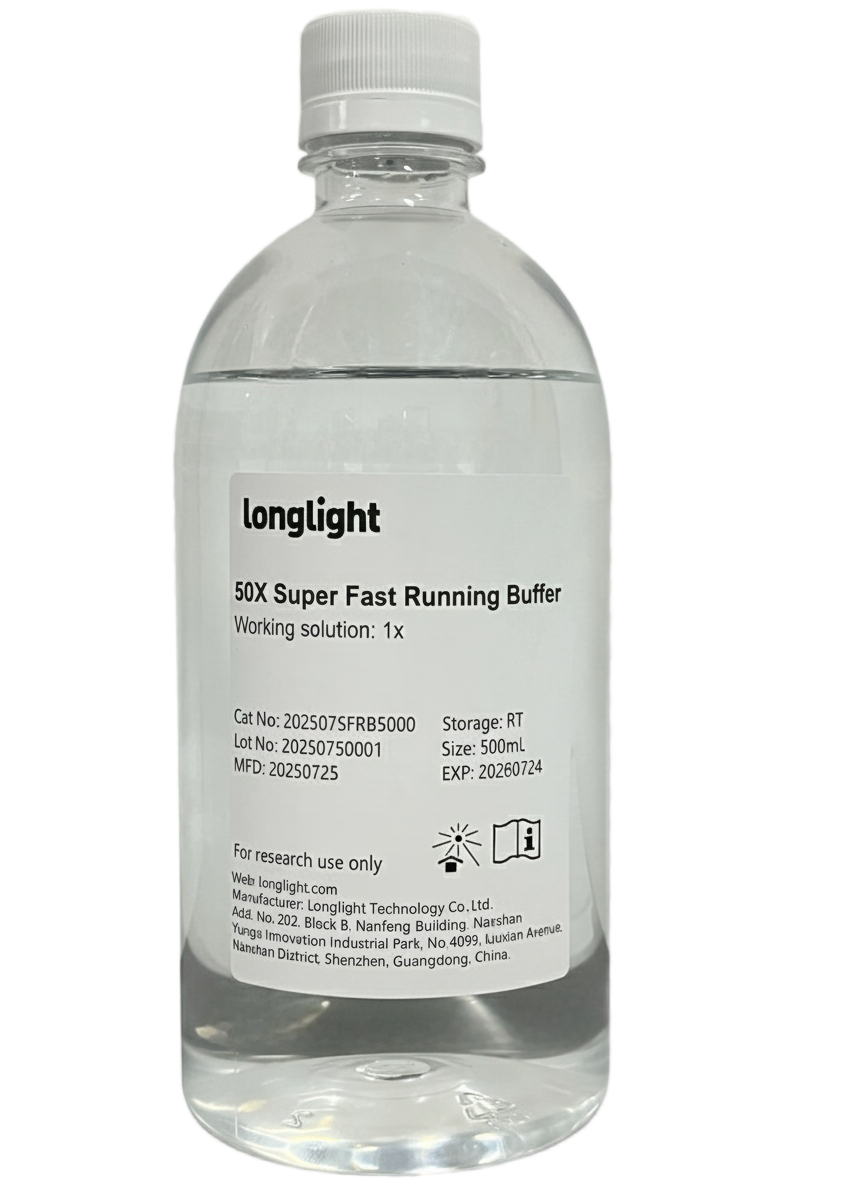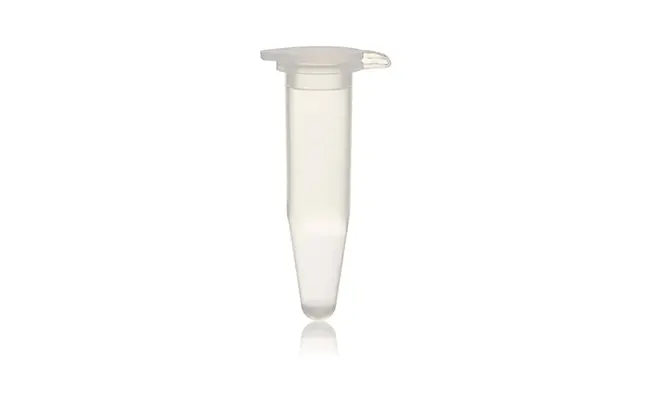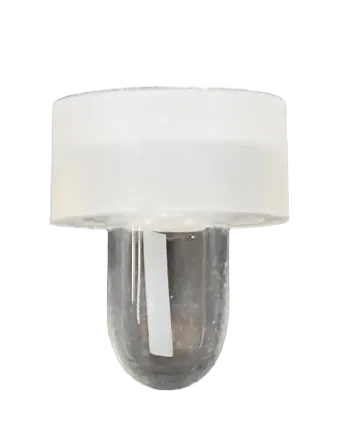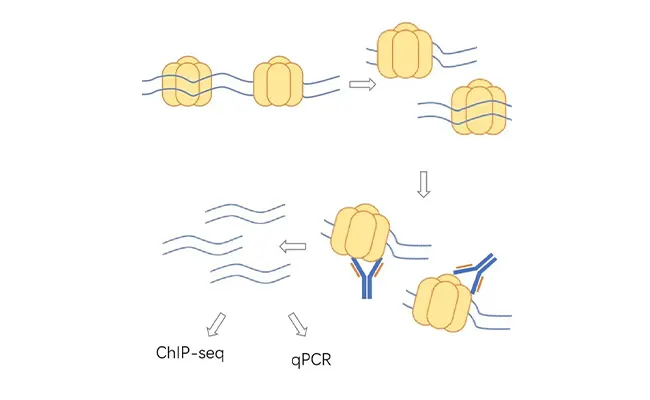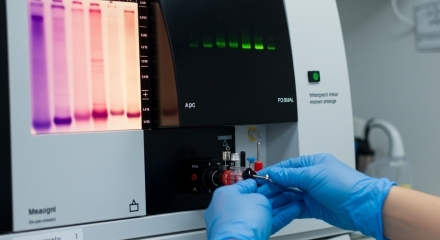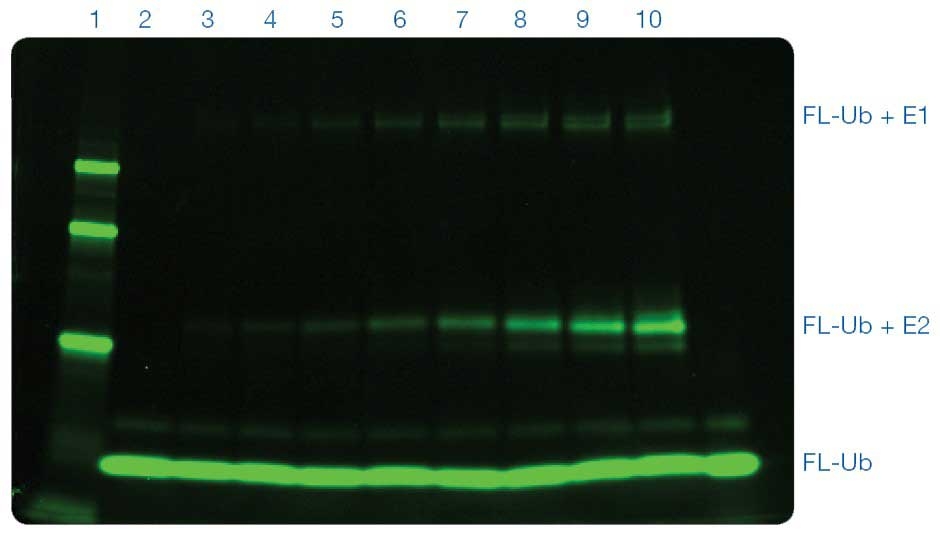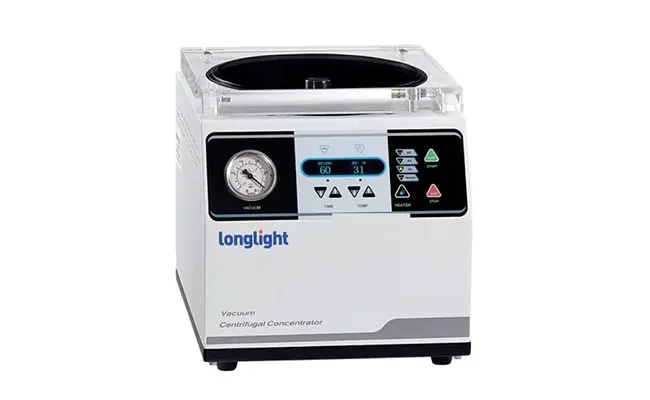Related Post
Why Your Fluorometer Instrument Gives Inconsistent Readings
2025-10-29A fluorometer instrument is a highly sensitive tool used to measure the fluorescence emitted by a sample after it absorbs light. It plays a crucial role in various fields, including molecular biology, environmental monitoring, and clinical diagnostics. One famous study utilizing fluorometer instruments is the work by Wilfinger et al. (1997) on the use of fluorescence for nucleic acid quantification, which revolutionized DNA analysis. Fluorometers are widely applied in areas such as gene expression analysis, protein quantification, drug discovery, and environmental testing, offering precise and efficient measurements even at low sample concentrations. However, many researchers and laboratory professionals face issues with inconsistent readings, which can significantly hinder the progress of experiments. In this article, we’ll explore the common causes of inaccurate fluorometer readings and how Longlight Technology’s innovative solutions, such as the Qfluo-1 Fluorometer, can help resolve these issues. We’ll also highlight the essential features that contribute to consistent and reliable results.

(CRISPR-induced DNA reorganization for multiplexed nucleic acid detection | Nature Communications)
Key Factors Leading to Inconsistent Fluorometer Readings
Inconsistent fluorometer readings can stem from a variety of sources, both related to the sample and the instrument itself. By identifying and addressing these issues, users can significantly improve the accuracy and reliability of their readings.
Sample Contamination and Handling Mistakes
Contaminants in your samples are one of the leading causes of inaccurate readings with any fluorometer instrument. Even small amounts of dust, proteins, or other biological materials can interfere with the fluorescence signal and skew the results. Furthermore, poor pipetting techniques or improper sample handling can cause inconsistent volumes, leading to unreliable measurements.
- Ensure that your samples are thoroughly purified and free from contaminants.
- Always follow precise pipetting protocols to ensure accurate volume measurement.
- Regularly clean the fluorometer cuvettes or measurement chambers to avoid any residue interference.
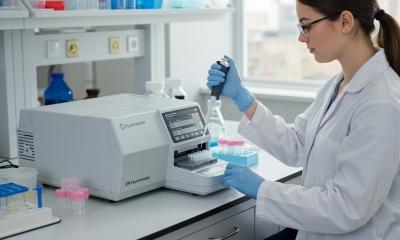
Inappropriate Reagent Selection
The reagents you use with your fluorometer are just as critical as the instrument itself. Although many fluorometer instruments are compatible with various reagent brands, not all reagents perform equally well. Using suboptimal or incompatible reagents can lead to reduced accuracy and, in some cases, inconsistent readings.
- Choose reagents that are specifically designed for your fluorometer instrument.
- Opt for reagents recommended by the instrument manufacturer for optimal results.
- Regularly verify the quality and freshness of your reagents to prevent degradation over time.
Improper Calibration and Maintenance
Without proper calibration and regular maintenance, a fluorometer instrument’s performance can degrade over time, leading to inconsistent readings. Dust, dirt, or wear in the instrument’s optical components can cause unreliable results. Additionally, outdated software or algorithms can affect measurement calculations, resulting in errors.
- Calibrate your fluorometer regularly according to the manufacturer’s instructions.
- Keep the optical components of the instrument clean to ensure clear and accurate readings.
- Replace worn-out parts and update the software to maintain the instrument’s accuracy.
How Longlight‘s Qfluo-1 Fluorometer Addresses These Issues
Longlight Technology’s Qfluo-1 Fluorometer is designed to eliminate many of the common issues that cause inconsistent readings, offering researchers a powerful, user-friendly solution for accurate nucleic acid and protein quantification. Let’s look at how this advanced fluorometer addresses these challenges.
Ultra-High Sensitivity for Low Concentrations
One of the standout features of the Qfluo-1 Fluorometer is its ability to detect nucleic acids and proteins at extremely low concentrations, down to as low as 0.01 ng/μL. This ultra-high sensitivity is essential for experiments involving trace amounts of biological material, such as those found in Next-Generation Sequencing (NGS) libraries or degraded RNA samples. The Qfluo-1 helps minimize the risk of errors that might arise from undetected low concentrations, ensuring more reliable results.

- Detects nucleic acids and proteins at concentrations as low as 0.01 ng/μL.
- Perfect for precise NGS library quantification and PCR experiments.
- Reduces the likelihood of repeated experiments due to inaccurate initial measurements.
Speed and Efficiency
Speed is another crucial factor in ensuring consistent fluorometer readings. The Qfluo-1 delivers accurate readings in just 3 seconds, reducing the potential for user errors. With a minimal sample volume requirement of only 1 – 20 μL, this fluorometer conserves valuable samples while providing rapid, reliable results. The quick turnaround time ensures that experiments run efficiently, which is particularly important in high-throughput research environments.
- Provides accurate results in only 3 seconds, ensuring faster data collection.
- Requires just 1 – 20 μL of sample, reducing sample wastage.
- Works with a simple mix-and-read format, making it user-friendly and error-resistant.
Flexibility for Various Assays
Unlike other fluorometers that may be limited to specific reagent brands, the Qfluo-1 offers flexibility by supporting a wide range of fluorescence assays. This adaptability allows researchers to choose the most suitable reagents for their experiments without being constrained by a single supplier’s offerings. The ability to work with different reagents also ensures that the Qfluo-1 can meet a diverse range of research needs.
- Supports various reagent brands, giving you more options for flexibility.
- Works with different fluorescence assays, allowing for customization.
- No need to depend on a single reagent manufacturer, enhancing versatility.
Best Practices for Achieving Consistent Fluorometer Readings
While a high-quality fluorometer like the Qfluo-1 can significantly reduce inconsistencies, following best practices is essential for ensuring the most accurate results. Here are a few practical tips:
- Regular Calibration and Upkeep
A crucial step to maintain your fluorometer’s accuracy is to ensure regular calibration. Calibration helps to align the instrument’s readings with known standards, ensuring consistency across experiments. Additionally, regular maintenance – including cleaning optical components and replacing worn-out parts – is essential for maintaining peak performance.
- Handle Samples with Care
Proper sample preparation is fundamental to achieving reliable results. Make sure that your samples are free from contaminants and handle them carefully to avoid introducing variables that could affect the fluorescence signal. Clean sample handling protocols are vital for reducing errors and obtaining accurate readings.
- Choose High-Quality, Compatible Reagents
The reagents you use play a significant role in ensuring precise readings. Make sure to select reagents that are compatible with your fluorometer, and ideally, choose those that the manufacturer recommends for optimal performance. Regularly check the reagents’ quality and freshness to avoid potential issues.
In conclusion, achieving reliable and consistent readings with a fluorometer instrument requires attention to several critical factors, including proper sample handling, reagent selection, and instrument maintenance. Longlight Technology’s Qfluo-1 Fluorometer addresses these concerns head-on with its high sensitivity, speed, and flexibility, making it an ideal choice for modern molecular research. Whether you’re working in molecular diagnostics, gene expression studies, or protein quantification, the Qfluo-1 ensures accurate and efficient measurements every time. Ready to take your fluorometer performance to the next level? Reach out to Longlight Technology to learn more about how our advanced fluorometers can optimize your research outcomes.

